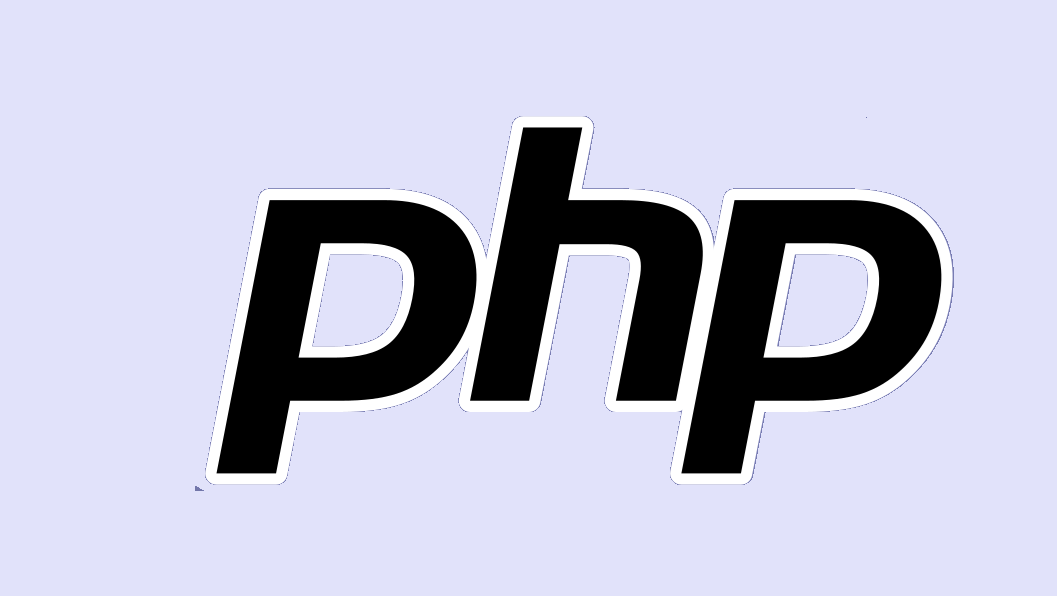Exploring the Power of PHP: A Guide to Dynamic Web Development
In the world of web development, PHP stands tall as a versatile and powerful scripting language. Powering a substantial portion of the internet, PHP (Hypertext Preprocessor) has evolved into a cornerstone for building dynamic and interactive websites. Its flexibility, ease of use, and robust capabilities make it a top choice for developers worldwide.
Understanding PHP's Foundations
What is PHP?
PHP, originally created by Rasmus Lerdorf in 1994, was designed as a server-side scripting language primarily for web development. It seamlessly embeds within HTML, allowing developers to create dynamic web pages quickly.
Why Choose PHP?
- Simplicity: Its syntax, resembling C and Perl, is easy to learn and understand for beginners.
- Flexibility: PHP supports various databases, making it adaptable to different project requirements.
- Vast Community Support: A large community contributes to its continuous development, offering extensive documentation and numerous libraries.
PHP's Key Features
1. Server-Side Scripting
PHP executes on the server, generating dynamic content before sending it to the client's browser. This enables the creation of interactive web pages based on user inputs or database queries.
2. Database Integration
Seamless integration with databases like MySQL, PostgreSQL, and others enables efficient management and retrieval of data, crucial for dynamic content-driven websites.
3. Extensive Library Support
A plethora of libraries and frameworks like Laravel, Symfony, and CodeIgniter enhance PHP's functionalities, simplifying complex tasks and speeding up development.
Building Dynamic Web Applications with PHP
1. Creating Forms and Handling User Input
PHP enables the handling of user input via forms, allowing developers to process data entered by users and perform various actions based on that input.
2. Interacting with Databases
Connecting PHP to databases facilitates storing and retrieving information dynamically, crucial for applications requiring data persistence.
3. Templating for Dynamic Content
Utilizing PHP's templating abilities allows for the creation of reusable components, making site management and content updates more efficient.
PHP's Role in Modern Development
1. Content Management Systems (CMS)
Popular CMS platforms like WordPress, Joomla, and Drupal are built on PHP, showcasing its capability in handling large-scale websites with ease.
2. E-Commerce Solutions
PHP's robustness is evident in e-commerce platforms like Magento and WooCommerce, providing secure and customizable online stores.
3. API Development
With PHP's ability to handle HTTP requests and responses effectively, it serves as a fundamental tool for creating APIs for web and mobile applications.
The Future of PHP
Despite the emergence of newer languages and frameworks, PHP continues to evolve. The community actively contributes to PHP's development, ensuring it remains relevant and competitive in the ever-changing landscape of web development.
Conclusion
PHP's longevity and adaptability solidify its position as a staple in web development. Its simplicity, combined with powerful features, empowers developers to create dynamic and robust web applications. Whether it's a simple blog or a complex enterprise-level system, PHP remains a formidable choice, offering a solid foundation for the web of tomorrow.
Embrace the versatility of PHP and unlock the doors to a world of dynamic web development possibilities.






